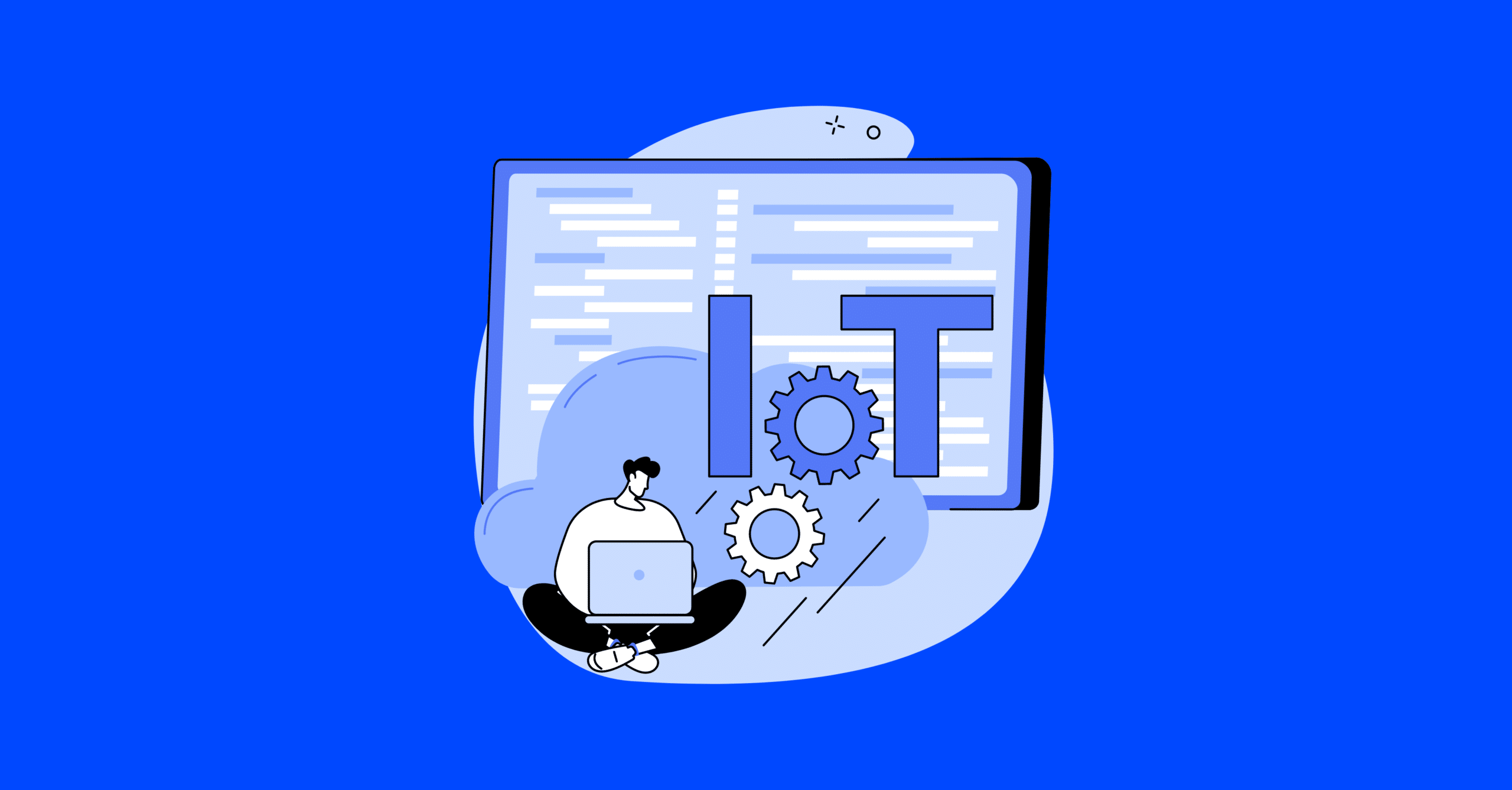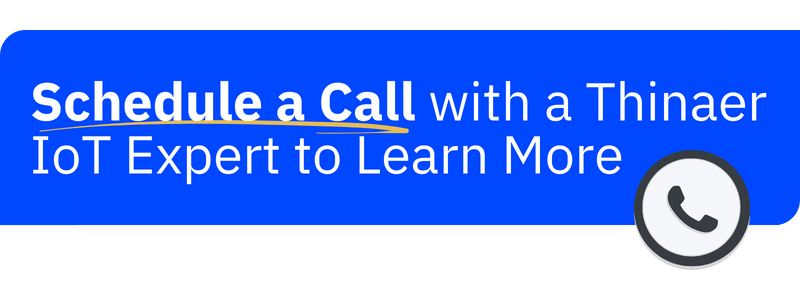Why should you adopt the Industrial Internet of Things (IIoT)? Advancements in IoT technologies are helping business leaders across industries to streamline processes, boost productivity, and improve their products or services. The Internet of Things solutions is revolutionizing the manufacturing industry. Companies are leveraging the capabilities of industrial IoT to take manufacturing processes to the next level.
The shift to industrial IoT is still in its early days, and many organizations have yet to embrace the benefits of this new way of managing the industrial work process. Even though there are solutions to make the transition easier, some companies are still skeptical about adopting IIoT due to fears or not knowing enough about it.
There is no better time to get in the game than now. Whether your company is fully ready or not, you should be willing to learn about IIoT and how your company can benefit from it. That said, here are a few ways the growth of the IIoT is changing the future of manufacturing work.
What is IIOT?
Industrial IoT (IIoT) is the use of IoT technologies in industrial settings to enhance manufacturing and industrial processes. It involves connecting machines, sensors, and devices to collect and analyze data for optimizing operations, increasing efficiency, and reducing downtime.
Boost in Operational Efficiency
IIoT is revolutionizing the manufacturing industry by enhancing operational efficiency through the provision of precise data and improved control over supply chain and production processes. This marks the beginning of the fourth industrial revolution (Industry 4.0). By utilizing real-time data and actionable insights, businesses can make informed decisions and identify areas for optimization within their operations.
One key advantage of implementing IIoT solutions is the ability to monitor equipment performance remotely, predict maintenance needs, and minimize downtime on the production line. This proactive approach to maintenance can result in cost savings and increased productivity. Additionally, IoT devices and technology enables seamless communication between different components of the manufacturing process, leading to streamlined workflows and enhanced coordination between departments.
Moreover, the data processing collected through IIoT devices can be analyzed through edge computing to identify patterns, trends, and anomalies that may not be evident through traditional monitoring methods. This deeper level of insight allows companies to fine-tune their processes, improve quality control, and meet production targets more efficiently.
Better Customer Experience with IoT Devices
Access to product performance insights is invaluable for businesses seeking to understand the success of their products and make necessary improvements. Regardless of how innovative a product may be, its relevance in the market hinges on aligning it with customer preferences and needs. IoT devices play a pivotal role in this process by facilitating the collection of precise customer data, which serves as a cornerstone for designing superior products.
By leveraging IoT devices, companies can gather real-time data on how customers interact with their products, identify patterns in usage, and pinpoint areas for enhancement. This wealth of information enables businesses to tailor their product development strategies based on concrete insights rather than assumptions. Moreover, analyzing product performance metrics allows organizations to respond promptly to changing market demands and consumer behavior trends.
Incorporating IIoT-driven analytics into product development not only enhances the quality and functionality of offerings but also fosters customer satisfaction and loyalty. By continuously evaluating and refining product performance based on data-driven decisions, businesses can maintain a competitive edge and drive sustained growth in today’s dynamic marketplace.
Shorter Build Times
With improved automation, you can achieve shorter build times. With better automation, your company can make more products in less time. Integrating IoT (Internet of Things) in manufacturing operations not only improves pipeline visibility but also provides real-time insights that can be utilized to enhance automation processes and ultimately shorten build times.
Furthermore, implementing advanced robotics and AI technologies in your manufacturing processes can streamline production workflows and reduce manual labor requirements. This accelerates the production cycle, minimizes errors, and enhances overall efficiency.
Additionally, adopting lean manufacturing principles such as Just-In-Time inventory management and continuous improvement practices can further optimize your operations for faster build times. By eliminating waste and streamlining processes, your company can respond more swiftly to market demands and deliver products to customers in a timelier manner.
Digitized Maintenance
IIoT revolutionizes maintenance practices by enabling digitized and automated preventive maintenance strategies. Through the collection of precise data, IIoT facilitates predictive maintenance, allowing businesses to anticipate potential maintenance issues and machinery failures before they occur. Industry leaders adopt this proactive approach to prevent downtime, enhance operational efficiency, and minimize maintenance expenses.
By harnessing real-time sensor data from sensors and connected devices, IIoT systems can analyze equipment performance patterns, detect anomalies, and forecast potential issues. This predictive capability empowers organizations to schedule maintenance tasks strategically, optimize resource allocation, and extend the lifespan of critical assets.
Implementing IIoT-driven preventive maintenance not only streamlines operations but also enhances overall equipment effectiveness (OEE). By transitioning from reactive to predictive maintenance models, businesses can transform their maintenance practices into a proactive and cost-effective strategy that ensures uninterrupted production processes and maximizes productivity.
What is Industrial IoT and how does it differ from traditional IoT?
Industrial IoT (IIoT) refers to the use of IoT technology in industrial settings such as manufacturing, energy, and transportation. Unlike traditional IoT, IIoT focuses on applications that require high reliability, performance, and security to support critical operations in industries.
Improving employee safety for IoT devices is crucial in today’s digital age. IIoT offers valuable data that can be utilized to enhance safety measures in the workplace. By harnessing data from IIoT devices, companies can effectively identify areas prone to common injuries, pinpoint the root causes, and implement preventive measures to ensure employee well-being. Additionally, effective device management strategies are essential for optimizing the use of IIoT devices and ensuring device manufacturers prioritize safety in their product designs.
Utilizing IIoT technology allows businesses to proactively monitor workplace conditions in real time, enabling them to detect potential hazards and mitigate risks promptly. For instance, sensors embedded in machinery can provide insights into equipment performance and alert workers of any malfunctions or dangers. Additionally, wearable IoT devices can track employees’ vitals and movements, ensuring their safety in hazardous environments.
Furthermore, leveraging IIoT data analytics enables organizations to conduct predictive maintenance, reducing the likelihood of equipment failures that could jeopardize employee safety. By employing machine learning algorithms on IIoT data, companies can forecast potential safety issues and take preemptive actions to prevent accidents before they occur.
In conclusion, integrating IIoT devices into workplace safety initiatives empowers businesses to create a secure environment for their employees by leveraging data-driven insights and implementing proactive measures based on predictive analytics. This not only safeguards employees from harm but also enhances operational efficiency and productivity in the long run.
Digital Twins
The concept of a digital twin is a highly valuable asset in the realm of IIoT adoption. By leveraging data derived from the digital twin, significant cost and time savings can be achieved as it eradicates the necessity to create full-scale real-time prototypes.
One of the key advantages of utilizing a digital twin is its ability to provide a virtual representation of physical assets or processes. This enables companies to conduct simulations, test scenarios, and optimize operations without the need for physical intervention. By accurately replicating real-world components in a digital environment, organizations can identify potential issues, improve efficiency, and make informed decisions based on data-driven insights.
Moreover, the implementation of a digital twin offers enhanced predictive maintenance capabilities. By continuously monitoring and analyzing data from sensors embedded in physical assets, anomalies and performance deviations can be detected early on. This proactive approach allows for timely maintenance interventions, reducing downtime and extending the lifespan of equipment.
In essence, embracing the digital twin technology empowers businesses to enhance operational efficiency, drive innovation, and ultimately gain a competitive edge in today’s dynamic industrial landscape. Its role in enabling predictive analytics, optimizing processes, and facilitating informed decision-making underscores its significance as a transformative tool in the era of Industry 4.0.
Become a Part of the IIoT Movement With the Help of Thinaer
Are you finding it difficult and overwhelming to get started and adopt IIoT? You are not alone. Adopting this new high-tech solution requires the help of industry experts. This is where Thinaer comes in! Thinaer is a leading provider of IIoT implementation services.
We can help you improve your bottom line and maximize productivity with the out-of-the-box implementation of industrial IoT. Thinaer’s seamlessly integrated platform enables you to create a digital twin of your operations at any scale.



